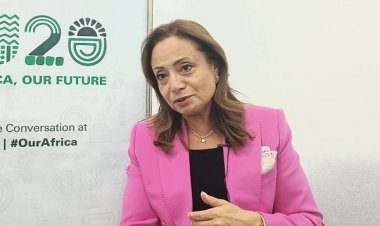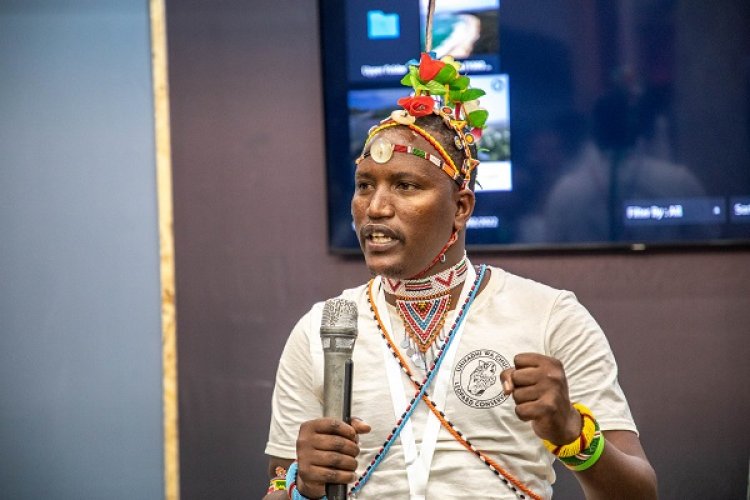The African Union (AU) and partners are inching closer to operationalising $10 billion fund that will develop and execute bankable green and climate sustainable infrastructure projects across the continent as part of the drive to expedite delivery on commitments to tackle global emissions.
Dubbed the Alliance for Green Infrastructure in Africa (AGIA), the scheme was presented this week on the sidelines of the two-week long UN climate negotiations (COP27) in Egypt where Africa negotiators are pushing for meaningful actions to tackle the climate crisis that has seen the continent lose between $7-15 billion annually.
The toll is predicted to increase to $50 billion annually by 2030 if unchecked.
Officials at AU, African Development Bank (AfDB) and Africa 50 which are partner in the initiative presented AGIA as much needed to help the continent leverage funding avenues such as global green bonds and untapped assets under management by institutional investors to help the continent plug both infrastructure gap and financing deficit estimated at $170 billion and $108 billion annually respectively.
Official data suggest that of the total $522 billion of green bonds issued globally between 2007-2018, Africa accounted for only $2 billion, or 0.4per cent.
Officials believe that through the new financial vehicle, the continent can increase its share of green bonds to 2.5% globally, and leverage assets under management by institutional investors estimated at $103 trillion.
Global partners such as European Investment Bank, European Bank for Reconstruction and Development, Agence francaise de development and the Rockefeller Foundation are also backing the operationalization of AGIA.
$10 billion required
AGIA now requires at least $500 million for preparation and development of bankable projects across sectors such as new types of energy, green hydrogen, greening and smarting out transportation and logistics systems, water and sanitation, among others.
Additional $10 billion will be needed for projects’ investment, Dr. Amani Abou-Zeid, AU Commissioner for Infrastructure and Energy, told Rwanda Post.
Another chunk of AGIA resources would be deployed towards greening existing infrastructure across the continent such as converting heavy fuel oil and diesel plants to gas hybrid to power industries, greening non-power infrastructure such as transport systems, and converting gas-to-power, and manufacture of fertilizers into liquified petroleum gas, among others.
In an interview (below), Dr. Abou-Zeid insisted AGIA would only fund projects that have three to four years timescale for execution because “we need things to move fast and at scale.”
However, AfDB head Dr. Akinwumi Adesina said governments across Africa equally need to establish domestic green banks and national climate funds that can be used to mobilize blended capital for low-carbon, climate resilient development, address specific market needs.
“Governments should consider the development of local carbon markets, and remove fossil fuel subsidies, which can generate up to $44 billion in additional revenues annually to be invested in green infrastructure,” he said.
Dr. Adesina is of the view that the fact that most of the needed infrastructure in Africa are yet to be built presents an enormous opportunity to get it right: build green infrastructure that is climate smart and climate resilient.
~ Reporting by Johnson Kanamugire in Sharm El-Sheik










